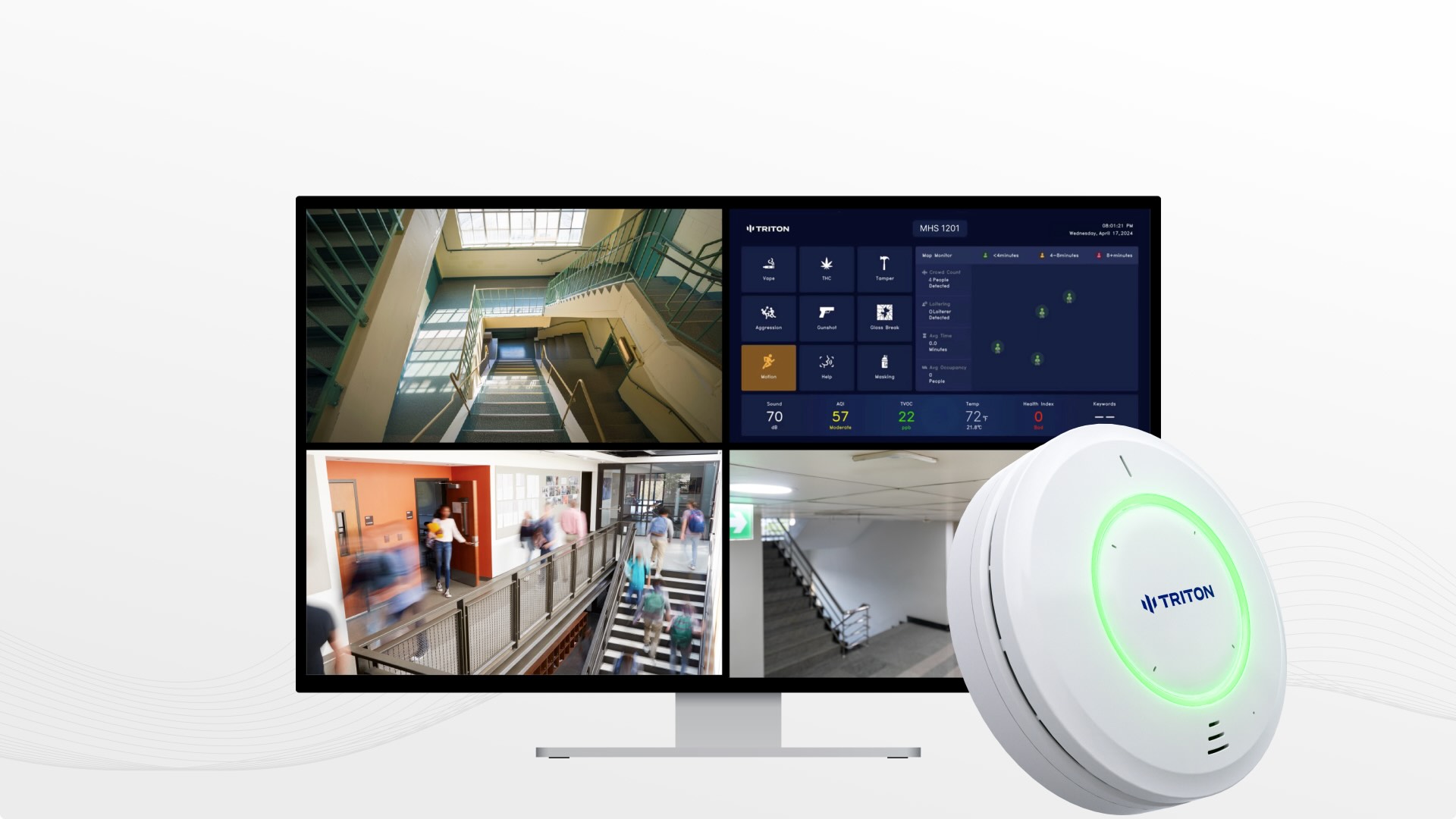Vaping was once a scourge at schools. Students would sneak into bathrooms during classes, where the flavored nicotine and THC vapors did not leave a trace. Administrators and teachers were powerless until districts turned to an alternative method of protection that was the vape detector.
Schools across the nation are reporting major success stories showing how technological advancements can be transformative when it comes to fighting the smoking addiction.
A Case Study of reducing vaping by 83% in 10 Weeks
Luling Independent School district experienced an issue with the use of vape. Despite multiple warnings and tighter guidelines, students continued to smoke in lockers and bathrooms rooms. The traditional smoke alarms weren’t effective against the vapor. And staff couldn’t be everywhere.

The department tested a variety of vape detectors in March. The results were stunning. In just five weeks the number of vaping incidents had dropped substantially. In the 10 weeks following, vaping activity had fallen by 83%..
The effectiveness of the program went beyond just numbers. Teachers reported less disruptions, and students understood that vaping wouldn’t be a secret.
Match Charter Schools also enjoy similar success
Another powerful example comes from Match Charter Schools, which was unable to stop middle and high school vaping. The effects of the smoke detectors they installed in August was immediate.
Administrators revealed that the number of vaping incidents per week were down by 80 percent in December. Parents thanked the school for taking concrete steps to protect their children. Teachers also noticed a decrease in hallway loitering and the crowded bathrooms.
The two districts mentioned above illustrate the growing trend: Schools that implement vape detection are reporting tangible improvements in their behaviour and overall safety.
What are the factors that make vape detectors efficient?
The secret to these results is in the technology. Modern vape detectors don’t only detect vapor, they also monitor the quality of the air, measure occupancy, and even send notifications in real time to the staff. Administrators don’t have to rely upon guesswork or reports that are based on after-the-fact data.
Detectors are also built with privacy in mind. No cameras. No audio recording. Fast, precise data is the only thing needed to assist schools in making swift decisions without compromising students’ rights.
This combination of efficacy and compliance makes vape detection one of the most practical ways to ensure safety for schools today.
Safety nets for Vaping and more
Many administrators know that detectors go beyond smoking prevention. The latest systems can detect loud noises and keywords that can be linked to vandalism and emergencies.
For example, if a group of students is seen loitering around a bathroom the detector could flag an unusually high occupancy. Staff members can be immediately alerted if a person shouts out a distressing word, such as “help”. In this way, vape detectors for schools become part of a larger safety strategy one that addresses both health risks and potential violence.
Boards and parents support Vape Detectors
Transparency is one of the benefits which is often ignored. Schools using detectors can produce reports that clearly show developments in vaping. These reports are then shared with parents, school boards and the public to prove that concrete steps have been taken.
Parents react positively, especially when they are able to get tangible results. Vape smoke detectors aren’t just a way to catch students, it’s keeping their health in check and spreading the idea that smoking vape shouldn’t be allowed in schools.
What should you take away: A proven path forward
Vaping was a battle that was invisible to schoolchildren for a long time. But, case studies that were conducted by districts across the nation prove that it isn’t the case. Administrators can spot dangers and stop risky behaviors immediately using a vape detector. This creates an environment that is safer for students.
Vaping is still a problem, but it is changing. Schools that make the investment in vape detection technology aren’t simply reacting to a problem they’re leading the way toward a healthier future for their students.
Conclusion
Technology is making an impact in schools from Texas up to Massachusetts. Modern vape detectors can do more than simply sounding the alarm. They alter behavior they build trust and offer a long-lasting solution to today’s biggest student health challenge. Vape detectors are now a standard in any school district which is concerned about security.





